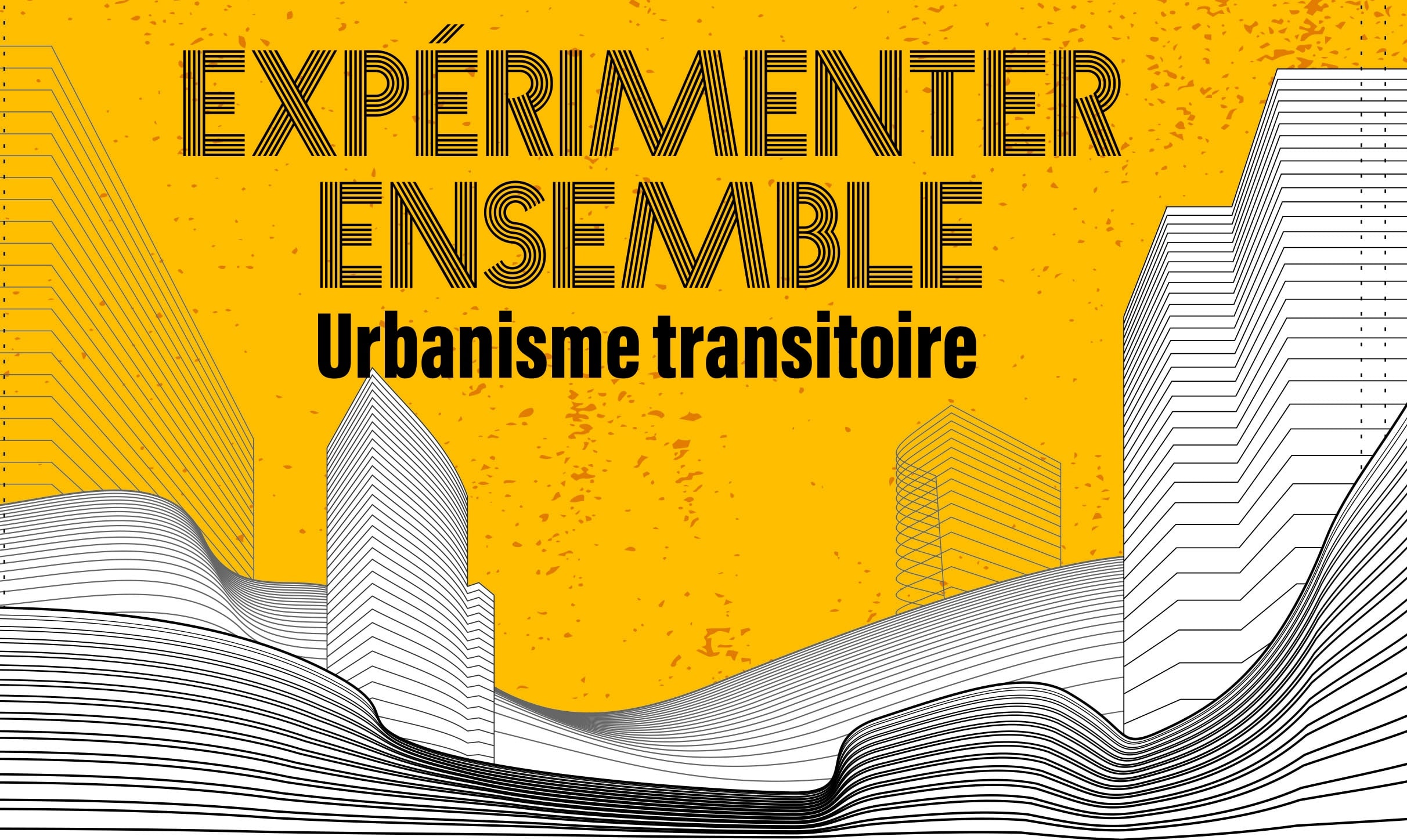courcouronnes
courcouronnes
courcouronnes
Entre midi & 2 – Booste ta pause déj’ : Balade gourmande en 2-roues
Embarquez pour une balade guidée à vélo ou à trottinette à la découverte des voies douces de la ville.
Balade ponctuée d’une courte pause gourmande.
Balade nocturne à vélo
L’association DARE DARE organise une balade nocturne à vélo de 40 km, direction Saintry et Ponthierry.
Stand de co-réparation de vélo
Vous souhaitez faire réparer votre vélo ?
L’association DARE DARE tiendra un stand de co-réparation de vélo le mercredi 19 juillet, à partir de 15h, sur la Place des Aunettes.
Atelier de co-réparation de vélo
Vous souhaitez faire réparer votre vélo ?
L’association DARE DARE vous propose de participer à un atelier de co-réparation de vélo le samedi 12 août, de 10h à 12h, dans son local situé allée Eugène Piat.
Atelier de co-réparation de vélo
Vous souhaitez faire réparer votre vélo ?
L’association DARE DARE vous propose de participer à un atelier de co-réparation de vélo le samedi 15 juillet, de 10h à 12h, dans son local situé allée Eugène Piat.
Journée Mobilité Citoyenne
L’association Mobilité Citoyenne organise un événement d’information et de sensibilisation sur les questions de transition écologique et de mobilité douce (vélo, trottinette…).
Au programme :
– Santé et mobilité : des professionnels vous conseillent pour choisir une activité adaptée à vos besoins
– Mobilités douces : retrouvez des parcours d’initiation et de maîtrise à vélo et à trottinette pour tous les âges et tous les niveaux
– Écomobilité : découvrez l’impact de votre mode de transport sur l’environnement
– Financement : venez vous vous informer sur les aides (forfait mobilité…)
– Sécurité routière : piétons, cyclistes, automobilistes, participez à des ateliers pour mieux vivre ensemble sur la route
Tous en Selle au Village !
Vous souhaitez circuler en vélo en ville, être plus à l’aise avec ce mode de transport, mieux comprendre les nouveaux dispositifs (double sens cyclable,…) et leur utilisation ?
L’association Évry Village vous invite à son événement « Tous en Selle au Village ! » le samedi 1er avril prochain, à partir de 14h, à la Maison du Village.
Au programme :
– 14h : atelier de vérification vélo
– 15h : rappels en salle sur le bien rouler à vélo
– 16h-17h30 : parcours à vélo en ville



